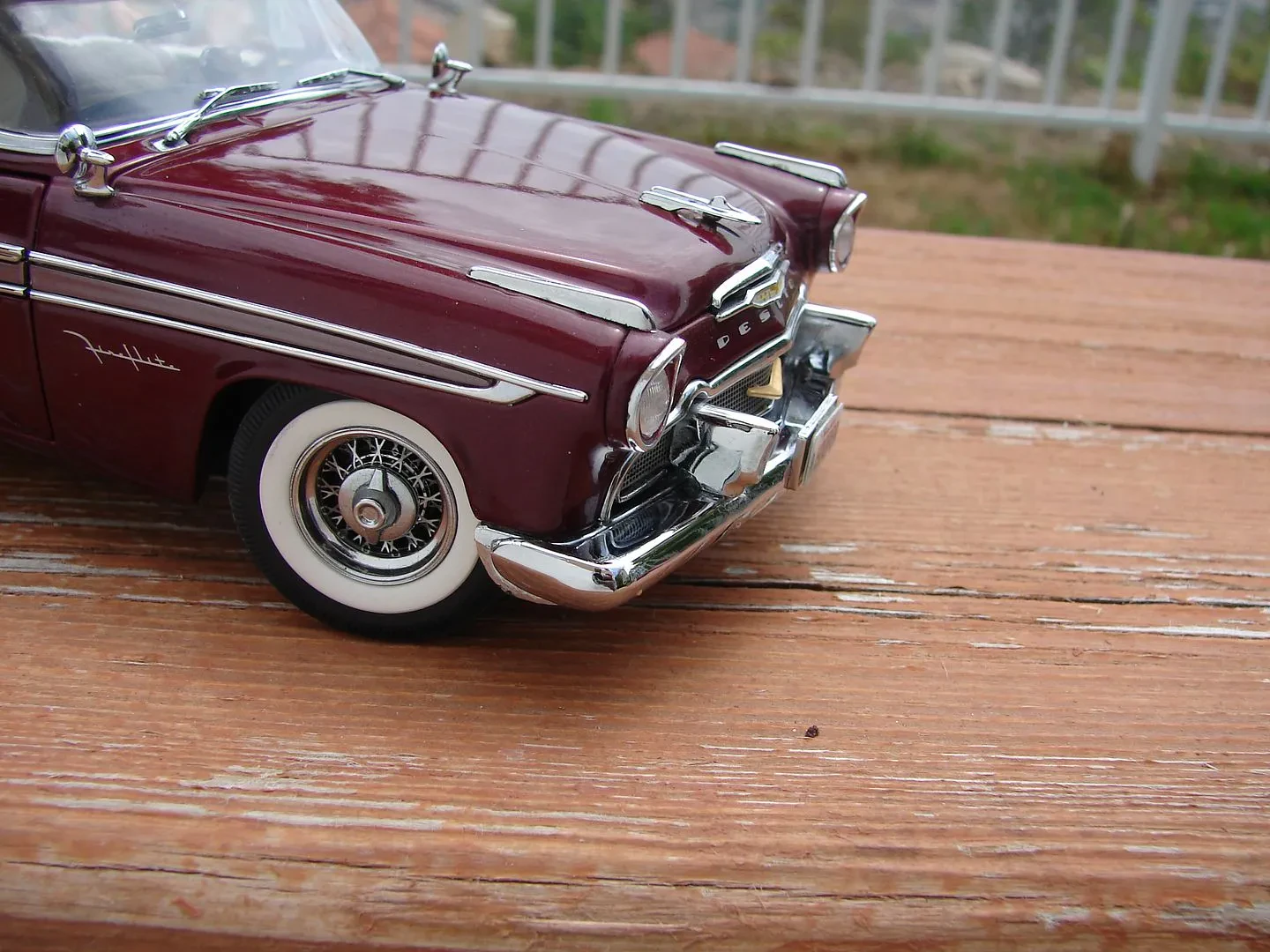Ever wondered about those tiny, detailed cars and trucks you see displayed in shops or lining shelves? Chances are, they’re diecast models! More than just toys, these miniature replicas are a serious passion for collectors around the globe. But what exactly is diecast, and why are people so fascinated by them? Let’s buckle up and explore the exciting world of diecast models.
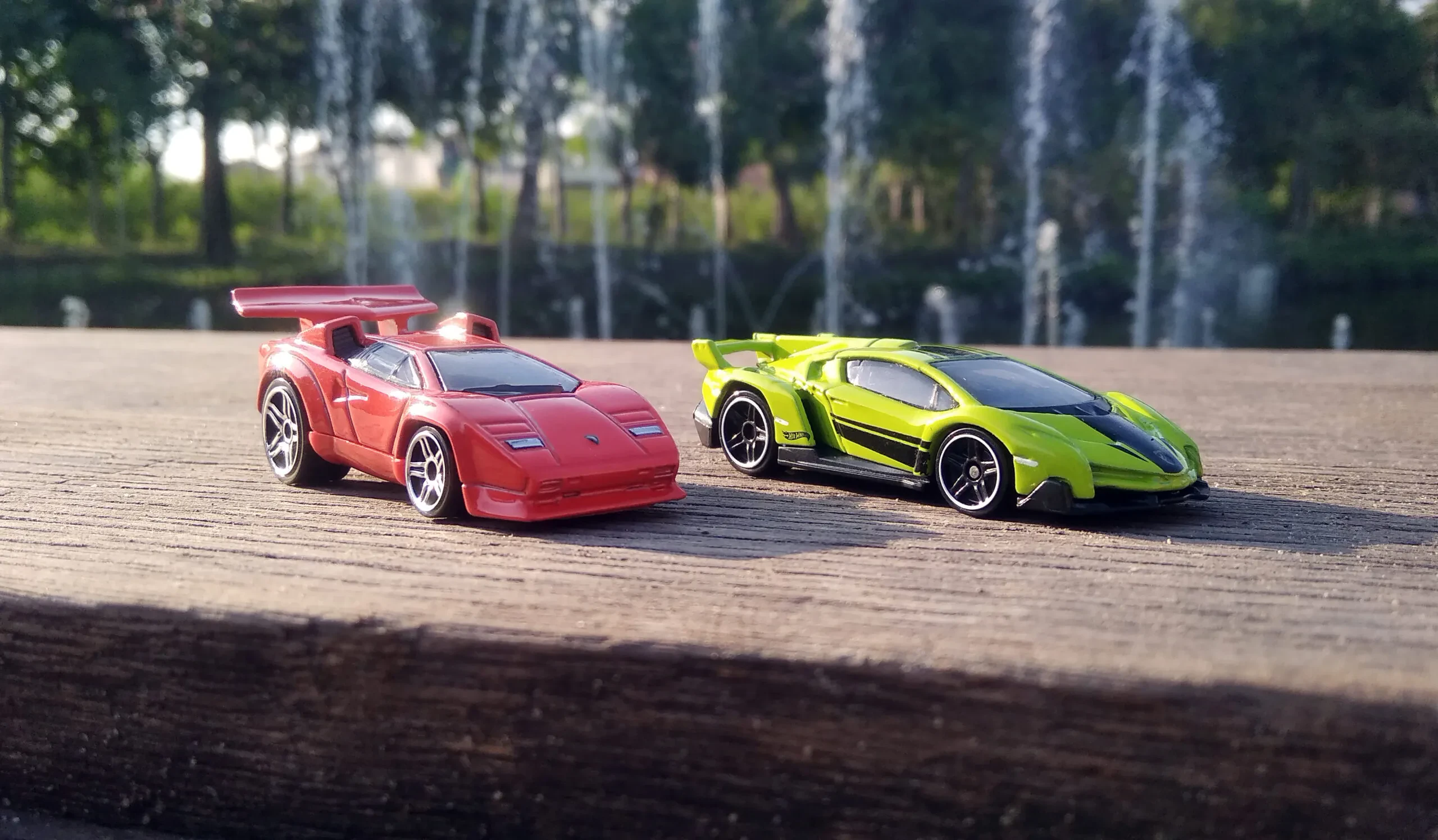
What Exactly Is Diecast?
The term “diecast” refers to a manufacturing process where molten metal, usually a zinc alloy (often called Zamak or Mazak), is forced under high pressure into a mold cavity, also known as a die. This creates a detailed and durable metal casting. This casting then gets painted, assembled with plastic or rubber components, and voila – a diecast model is born!
Think of it like making waffles, but instead of batter, you’re using molten metal, and instead of a waffle iron, you’re using a precisely engineered mold. The pressure ensures that the metal fills every nook and cranny of the mold, resulting in intricate details.
A Quick History Lesson
The roots of diecast go back to the early 20th century. One of the pioneers was Meccano Ltd. in the UK, with their Dinky Toys brand starting in 1933. Dinky Toys were originally accessories for Meccano construction sets, but quickly became popular on their own. These early models were simple but represented a significant step forward in toy manufacturing.
Later, companies like Corgi Toys (also from the UK) and Tootsietoy in the US brought innovations like windows, interiors, and working features (like suspension) to the diecast world. These additions made the models more realistic and desirable.
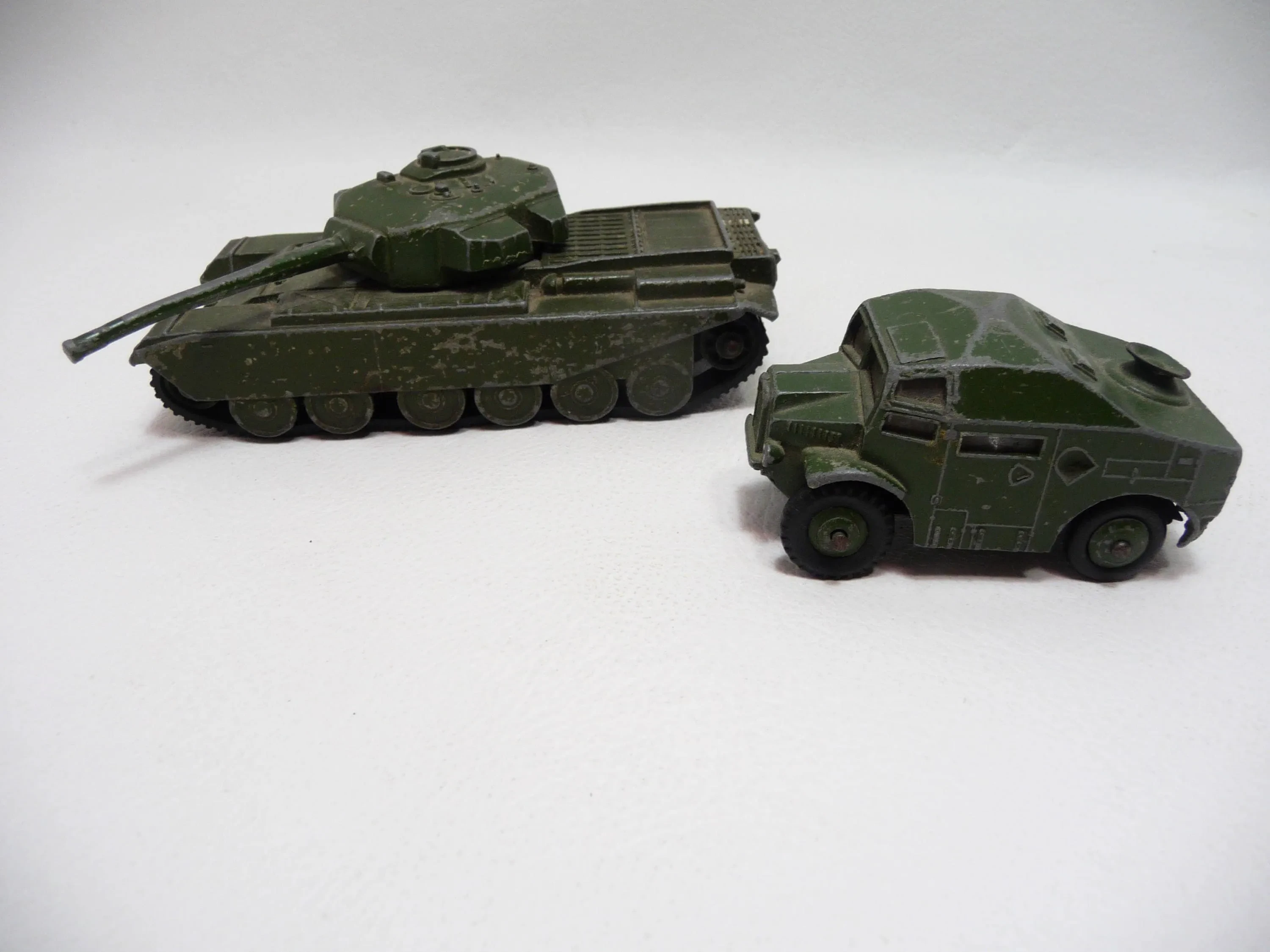
Over the years, the technology and quality of diecast models have improved dramatically. Today, manufacturers use sophisticated CAD/CAM technology to create incredibly accurate and detailed replicas of vehicles, aircraft, and other objects.
The Appeal of Collecting Diecast Models
So, why do people collect these miniature marvels? The reasons are as varied as the models themselves. For some, it’s about nostalgia, bringing back memories of childhood toys or favorite vehicles from the past. For others, it’s the thrill of the hunt, searching for rare or limited-edition models to add to their collection.
Many collectors are drawn to the artistry and craftsmanship involved in creating these detailed replicas. The level of accuracy and attention to detail can be astounding, making each model a miniature work of art.
And let’s not forget the investment potential! Certain diecast models, especially those that are rare or highly sought after, can appreciate in value over time. However, most collectors are in it for the love of the hobby, not just the money.
Common Scales in Diecast Models
- 1/18 Scale: Larger and more detailed, popular for high-end models.
- 1/24 Scale: A good balance of size and detail, widely collected.
- 1/43 Scale: A classic scale, often associated with European models.
- 1/64 Scale: Smaller and more affordable, common for toy cars like Hot Wheels and Matchbox.
These scales represent the ratio of the model’s size to the real vehicle’s size. For example, a 1/18 scale model is 1/18th the size of the actual car.
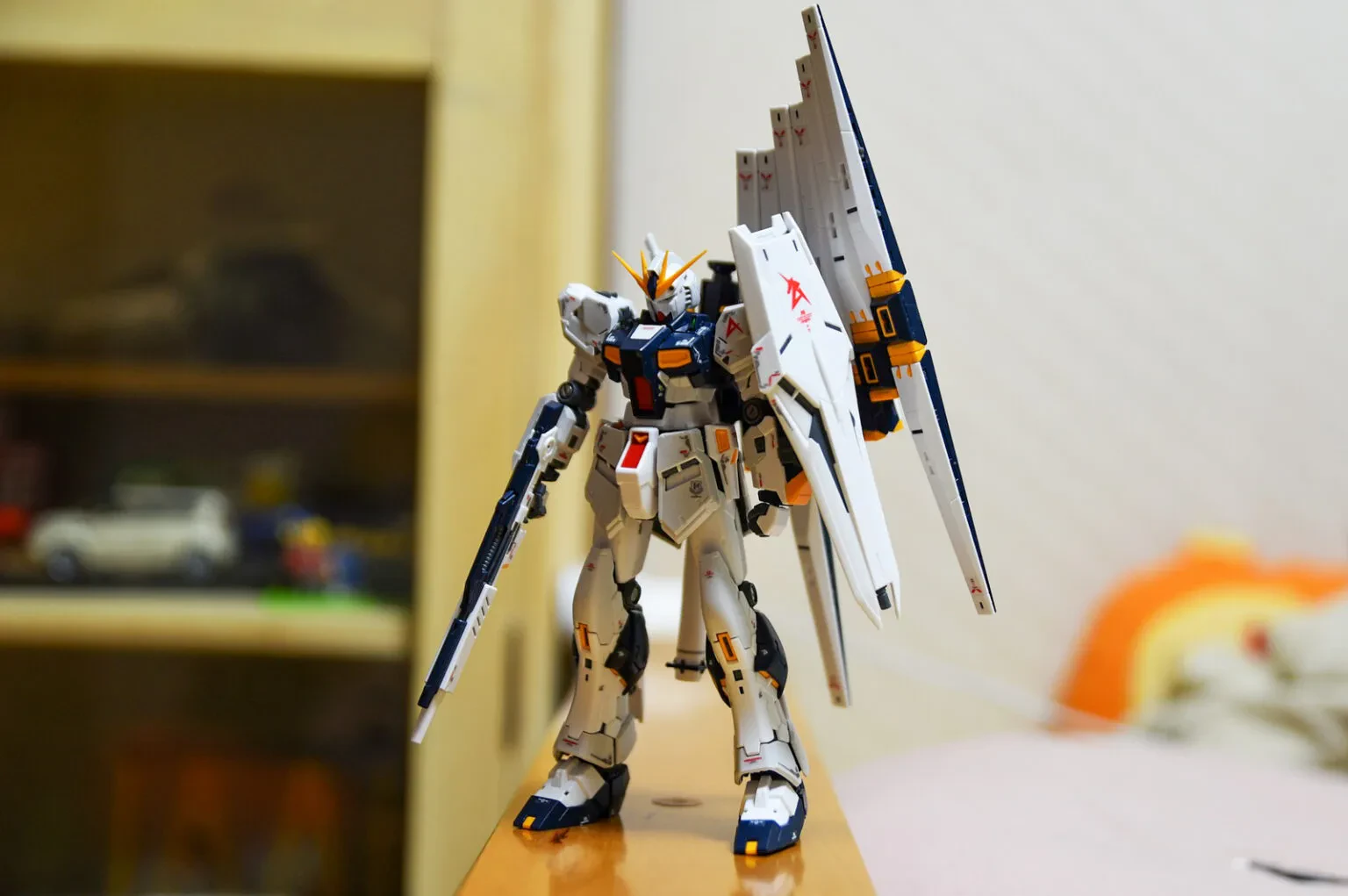
Popular Diecast Brands
- Hot Wheels: Known for their affordable and imaginative designs.
- Matchbox: Emphasizes realistic vehicle replicas.
- Autoart: Produces high-end, highly detailed models.
- Minichamps: Specializes in European cars and racing models.
- Greenlight Collectibles: Focuses on movie and TV cars.
- Tomy/Tomica: A popular Japanese brand with a wide range of vehicles.
Each brand has its own unique style and target market. Some prioritize affordability, while others focus on accuracy and detail. Exploring different brands is a great way to discover your personal preferences.
Tips for Starting Your Diecast Collection in 2024
Ready to dive in? Here are a few tips to get you started on your diecast collecting journey:
- Start with what you love: Collect models of vehicles you’re passionate about, whether it’s classic cars, sports cars, trucks, or even aircraft.
- Do your research: Learn about different brands, scales, and model variations. The more you know, the better equipped you’ll be to make informed purchasing decisions.
- Set a budget: Diecast collecting can be an expensive hobby, so it’s important to set a realistic budget and stick to it.
- Check for condition: When buying used models, carefully inspect them for any damage or missing parts.
- Join a community: Connect with other diecast collectors online or in person to share your passion and learn from experienced collectors.
- Protect your investment: Store your models in a safe and secure place, away from direct sunlight and excessive humidity.
- Don’t be afraid to specialize: Focus on a specific brand, scale, or type of vehicle to create a more focused and valuable collection.
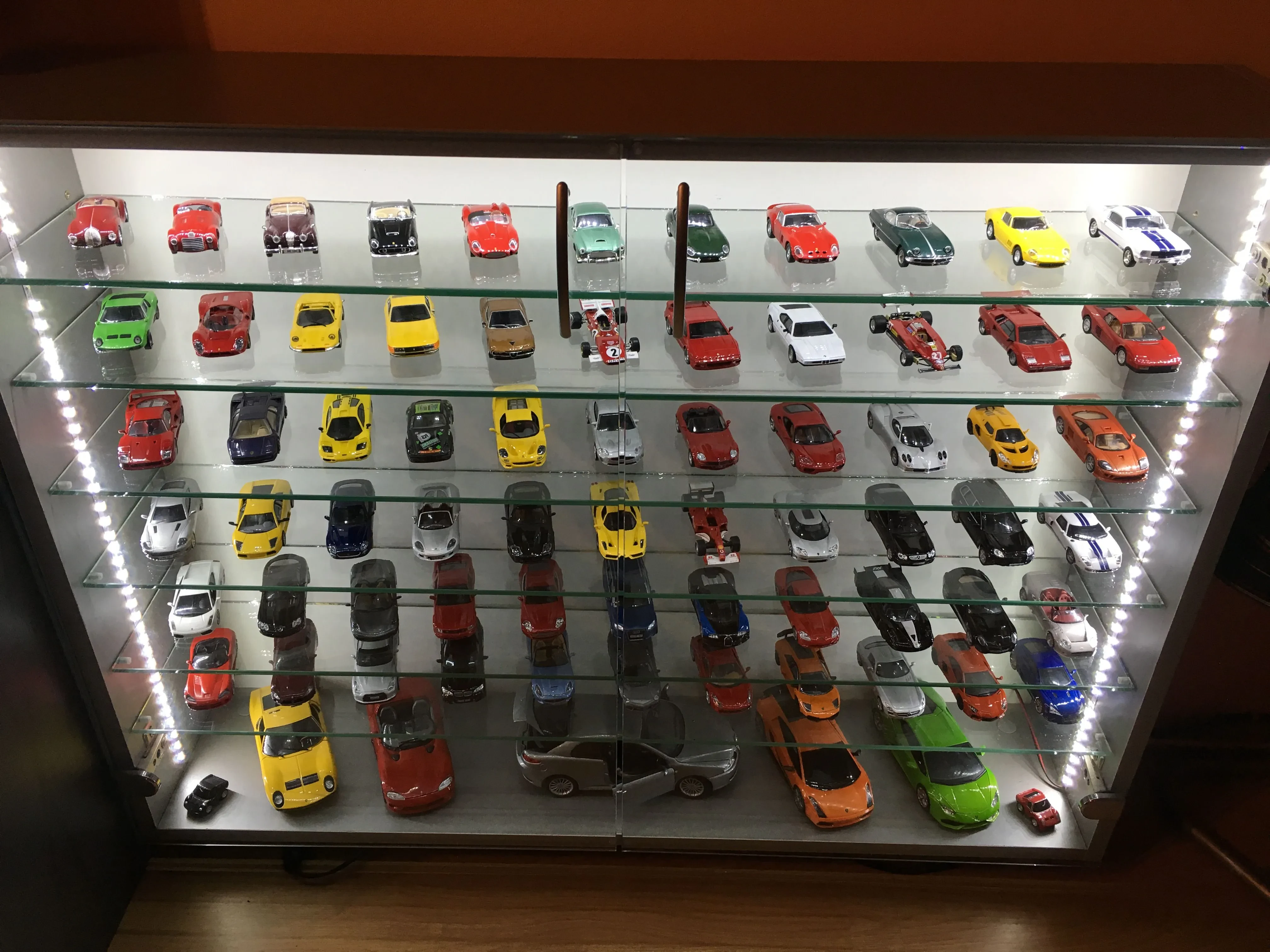
The Future of Diecast
The world of diecast is constantly evolving. Manufacturers are embracing new technologies like 3D printing and advanced CAD/CAM systems to create even more detailed and accurate models. We’re also seeing a growing interest in environmentally friendly diecast manufacturing processes.
The popularity of diecast collecting shows no signs of slowing down, with new collectors joining the ranks every year. Whether you’re a seasoned collector or just starting out, the world of diecast offers something for everyone. So, go ahead, find your passion, and start building your own miniature world!
Happy collecting in 2024!
